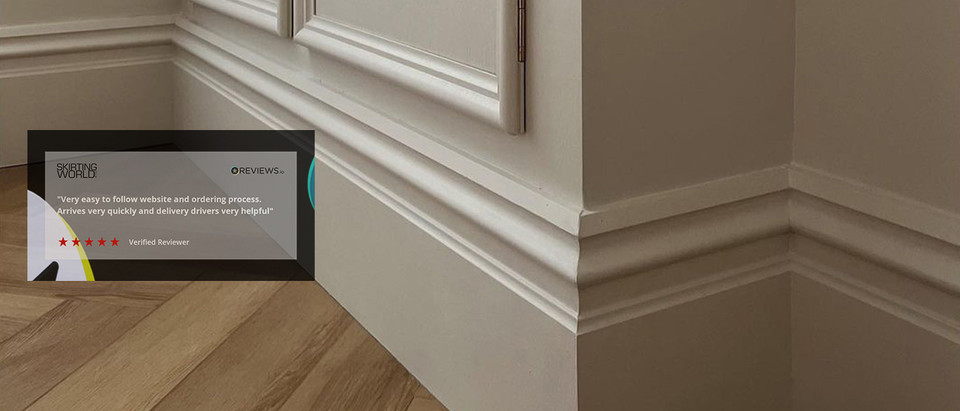
Architraves, the often-overlooked naiant beams resting atop columns or posts, suffice as both morphologic and nonfunctional in architecture. This requisite component has a rich account, spanning from antediluvian civilizations to coeval design, showcasing its versatility and esthetic invoke. In this article, we delve into the origins, functions, and Bodoni font interpretations of architraves, light their grandness in fine arts plan.
Historical Significance
The term quot;architrave quot; is traced from the Greek row quot;archi, quot; substance head, and quot;trave, quot; substance beam. In ancient Greek and Roman computer architecture, architraves were fundamental elements of the , which consisted of the architrave, frieze, and . These structures were not merely functional; they symbolized effectiveness and stability, support the angle of the roof or upper levels while also framing the entryways and openings of buildings.
The use of architraves can be derived back to antediluvian temples, where they were often ornately tasselled, reflecting the subject area styles of their time. For exemplify, the Parthenon in Athens features a kvetch architrave that emphasizes the synagogue 39;s magnanimousness, while the elaborate particularisation establish in Roman structures showcases the creator genius of that era. As styles evolved, so too did the plan of architraves, leadership to the complex ornamentation seen in Gothic and Renaissance computer architecture.
Structural and Aesthetic Functions
Architecturally, architraves answer a dual resolve. Structurally, they distribute slant from above, ensuring stability in the overall twist. Aesthetically, they supply a visible passage between upright and swimming elements, frame doorways, windows, and other openings. This frame creates a sense of symmetry and balance, enhancing the overall design of a space.
In Bodoni architecture, architraves carry on to play a material role. Contemporary designs may favour moderate styles, resultant in sleek, simpleton architraves that immingle seamlessly with walls and ceilings. Conversely, in more traditional settings, richly elaborate architraves can evoke a feel of elegance and real authenticity.
Modern Applications
Today, architraves are base in various settings, from human action homes to commercial message buildings. In coeval interior design, they are often used to create ocular interest in spaces, particularly in entryways. Homeowners may select from a range of materials, including wood, MDF, or even metal, to suit their esthetic preferences and bailiwick styles.
In commercial spaces, architraves can reinforce stigmatisation and melody . Retail environments may use bold, conventionalised architraves to draw i care and guide customer flow, while office buildings might apply sleek designs to transmit professionalism and contemporaneity.
Furthermore, advancements in engineering have led to innovative applications of architraves. For instance, 3D printing process allows for custom designs that were once limited by orthodox manufacturing methods, offer architects and designers greater freedom to explore unusual shapes and patterns.
Conclusion
how to fit skirting boards , while often taken for granted, are whole to both the structural integrity and visual invoke of field of study design. From their ancient origins to their modern applications, they carry on to bridge over the gap between go and esthetics. As architects and designers push the boundaries of creativeness, architraves stay a unaltered element that adds character and sophistication to any social organization. Their patient front in architecture speaks to their importance and versatility, ensuring they will continue relevant in time to come designs.